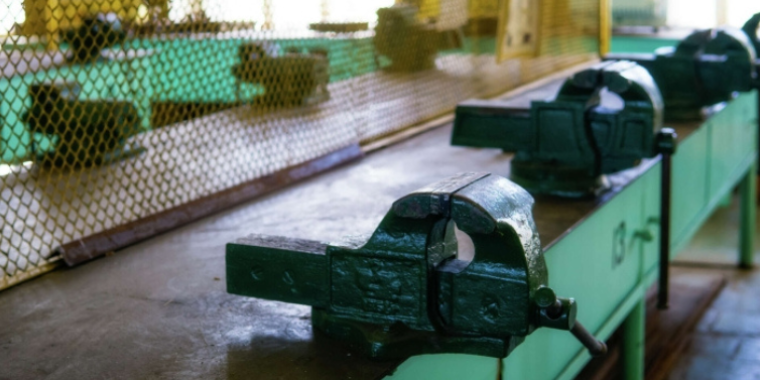
Commentary: A captive market

New Yorkers deserve a closer look at Corcraft, the state's "preferred source" for office products, and its use of prison labor.
New Yorkers deserve a closer look at Corcraft, the state's "preferred source" for office products, and its use of prison labor.
Let’s take a tour of your average public school or municipal office — a town clerk’s space or a city public works facility, say. What would we see?
Metal directional signage at the front door. A scratchy couch in the waiting area. An adjustable standing desk at a greeter’s window with a tall, mesh-back rolling chair. Metal filing cabinets lining a wall. A large hanging whiteboard. A name plaque on the desk.
Most of these generic government office products were supplied by Corcraft, the branded — and historically opaque — arm of the New York state Department of Corrections and Community Supervision. And nearly every one of these items was manufactured by people in prisons or jails for pennies per hour, despite these products selling at — or even above — market value.
Corcraft has what’s known as “preferred source” status in state law, meaning that our state and county agencies, municipalities, school districts, colleges and universities, police and fire departments, select nonprofits and, yes, even correctional facilities must purchase goods from them, so long as Corcraft makes a comparable product they’re after. The benefit to purchasers is that they can avoid a time-consuming bidding process for these nominal, everyday items.
The drawbacks — and there are many — include the fact that this unquestioned “preferred source” status has effectively given Corcraft a monopoly on the taxpayer-funded furniture, signage and even cleaning supplies our public institutions rely on. Yet their material costs – recent data pegs average earnings at just 65 cents per hour for the incarcerated folks building Corcraft’s bookshelves and rolling chairs – are dwarfed by what buyers are forced to pay.


